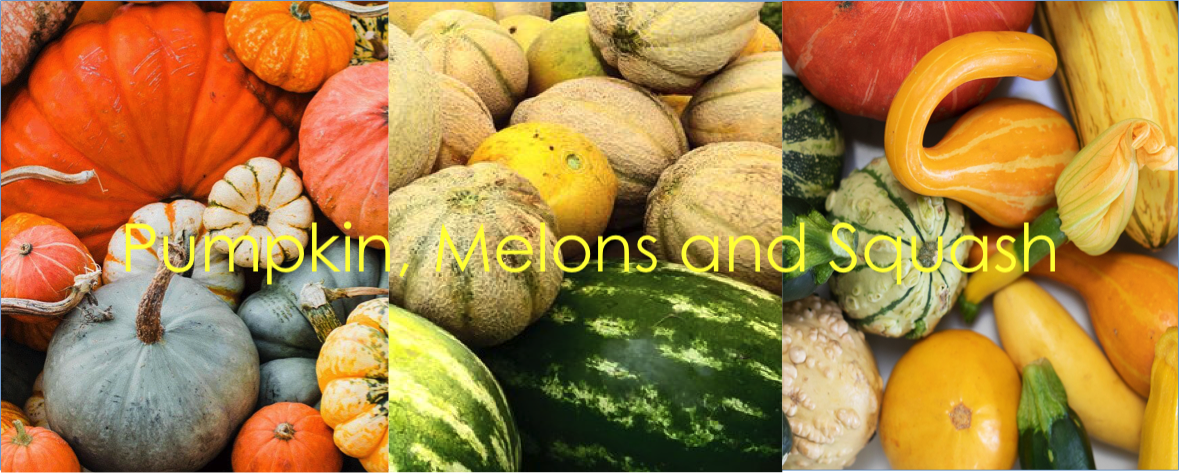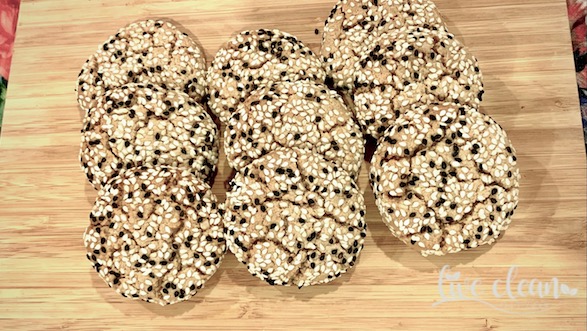Todays post is about Pumpkin, Melons and Squash.
My friend told me an interesting fact about these guys, so I decided to research further.
What I found out is that the Latin name for all these food items collectively is the Cucurbitaceae family. It is also called the gourd family and they are all categorised as fruits. This plant family includes roughly 975 species of food and ornamental plants.
About the family
Interestingly, all Curcurbitaceae plants are vines, usually with rather rough, hairy, toothed leaves with the fruit developing on a short stem. Some species are recorded as being among the earliest cultivated plants. This group also has one of the highest percentages of species used as human food. These include cucumbers, melons, watermelons, pumpkins, squash, and many others. There are also some fruits grown for use as ornaments and containers, and some are used for medicinal applications and other purposes.Pumpkin and Squash
These are some of the most common members of this family. Though the word ‘pumpkin’ is confusing as any hard-skinned squash could be called a pumpkin. It seems that there’s no botanical distinction that makes a pumpkin a pumpkin. Both are fruits that grow on a vine and belong to the same family. They just belong to different groups within that family. Although the differences between a pumpkin and squash are not obvious, there are several differences between them if you look closely.What are the differences?
One difference between pumpkin and squash is the stems. Pumpkin has a stem that is hard and jagged. The stem of a squash is light and hollow. Squash grows in various shapes and sizes, however pumpkin has generally a more round shape. Both are high-nutrient foods, however there are some notable differences between the two.- A cup of unprocessed, cooked squash has:
- A cup of unprocessed, cooked pumpkin has:


